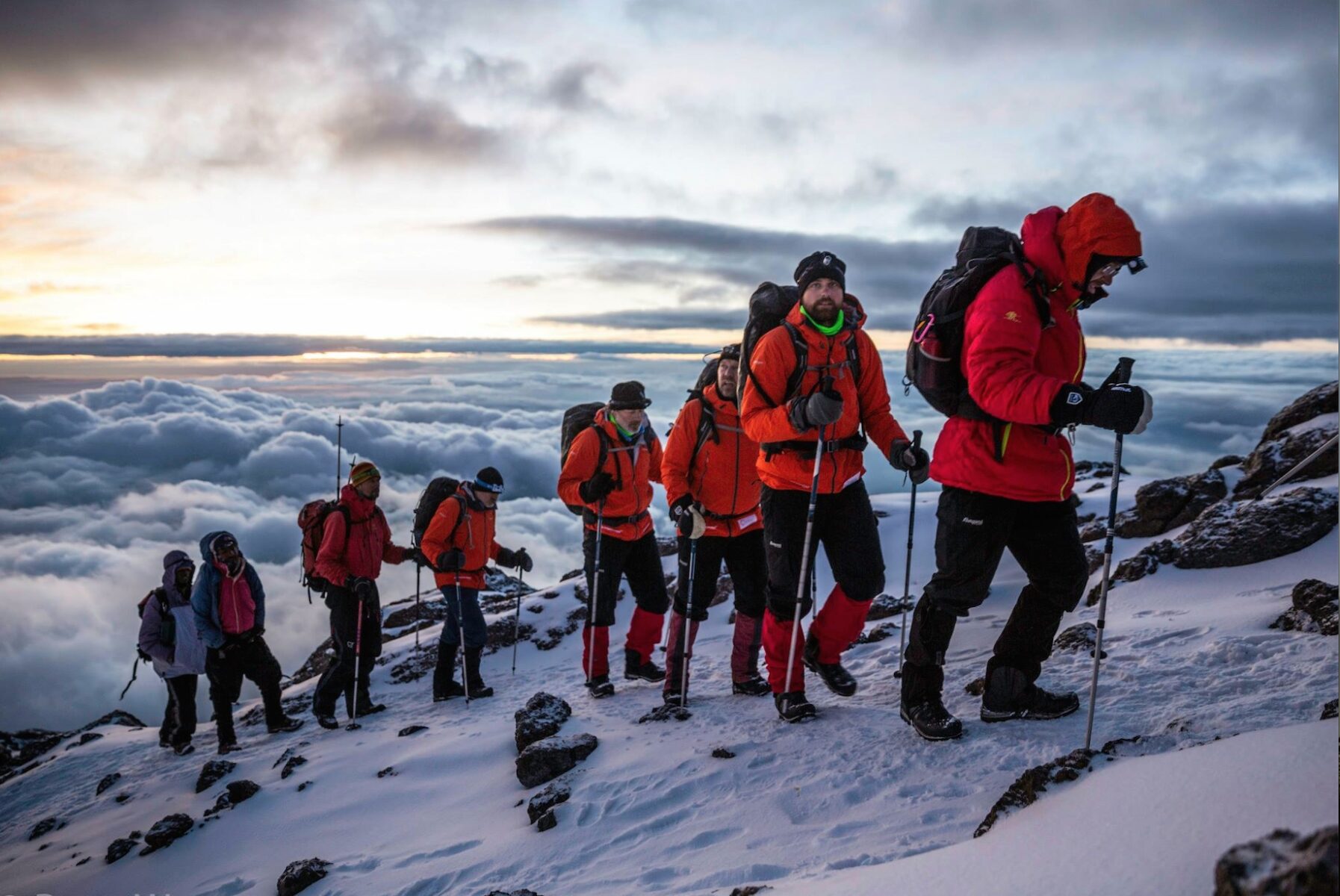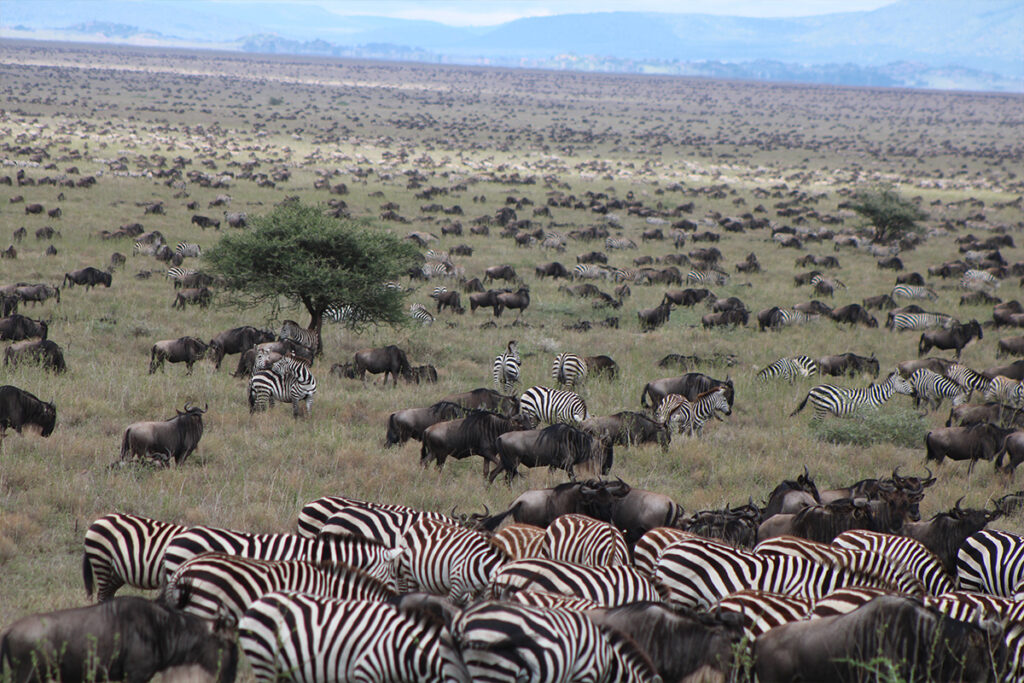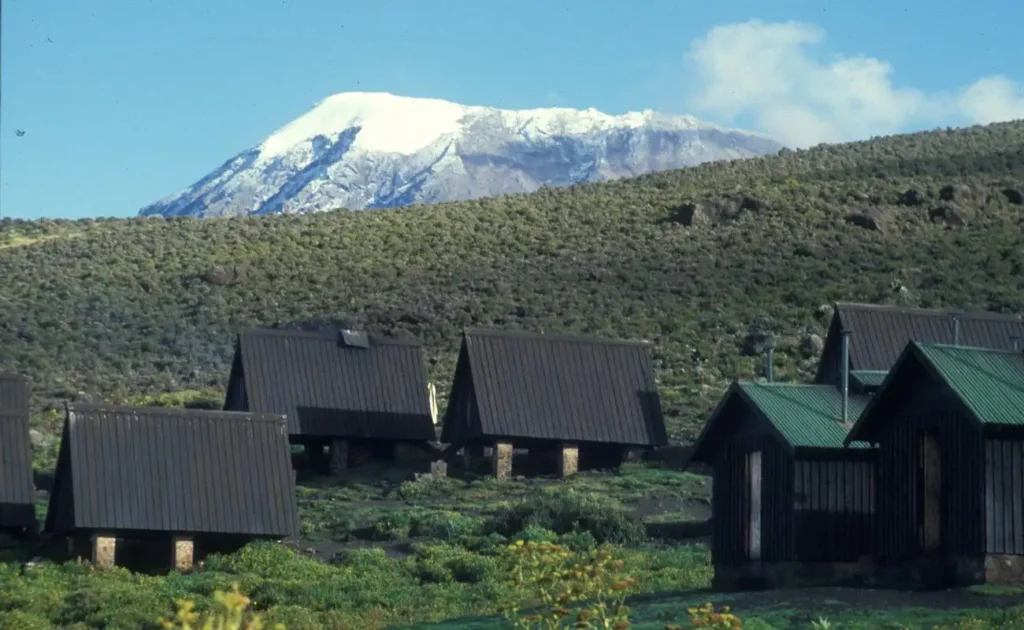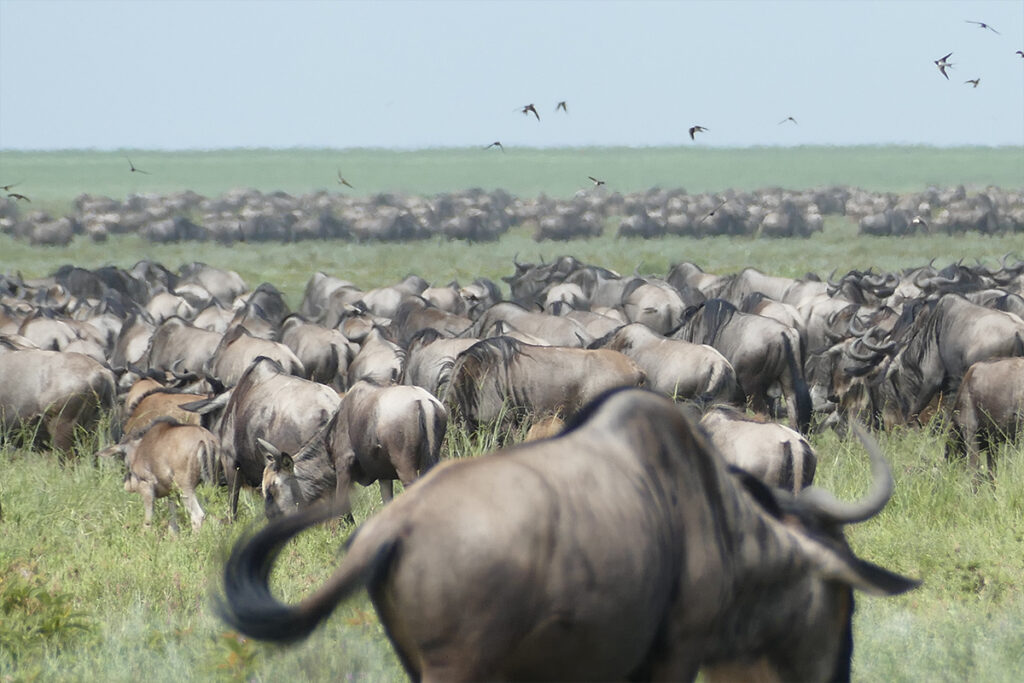Standing at 19,341 feet, Mount Kilimanjaro is the world’s tallest free-standing mountain and offers a truly once-in-a-lifetime climbing experience. This majestic peak, often called the “Roof of Africa,” challenges climbers with its diverse ecosystems and varying altitudes, requiring grit and perseverance. The first recorded summit was by Hans Meyer and Ludwig Purtscheller in 1889, and today, it attracts thousands of climbers annually from around the globe.
Climbing Kilimanjaro means traversing through five distinct climate zones ranging from tropical rainforests to arctic conditions at the summit. With an approximate 40% success rate, acclimatization and proper training are crucial for a successful ascent. Adventure enthusiasts find the journey rewarding not just for the panoramic views but also for the incredible sense of accomplishment upon reaching Uhuru Peak.
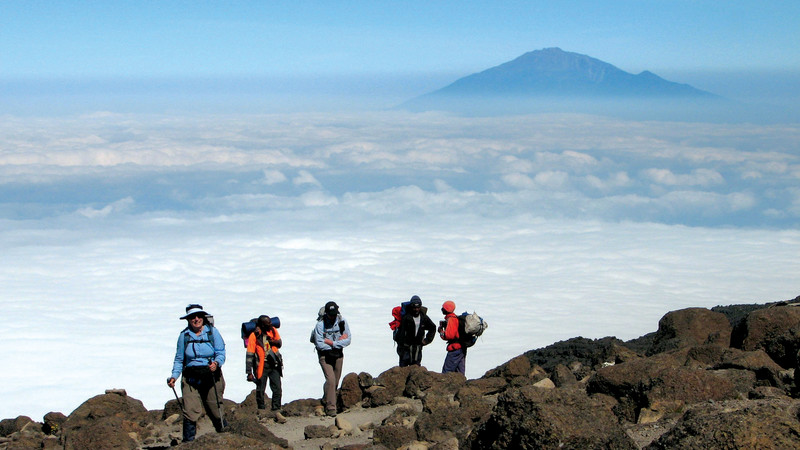
Unveiling the Kilimanjaro Climbing Experience
Mount Kilimanjaro is a dream destination for many adventure seekers. This iconic peak offers an unmatched experience that blends challenge with breathtaking beauty. Climbers journey through different climate zones, from lush rainforests to icy summits. Each step is an encounter with nature’s wonders, providing lifelong memories. The climb is not just about reaching the top; it’s about embracing the adventure along the way.
The ascent can be demanding, but it teaches valuable lessons in perseverance and resilience. Climbers often face changing weather, altitude sickness, and physical exhaustion. Nevertheless, guided tours make it manageable for both seasoned hikers and beginners. Experienced guides ensure safety, offering support every step of the way. This support plays a crucial role in making the journey more accessible.
Participants on Kilimanjaro explain it’s not just a physical challenge but a mental one too. Overcoming such hurdles provides a profound sense of achievement. This journey is both personal and transformative, often deepening one’s connection with nature. Many climbers document their journey in journals or digital films. Climbing companions frequently become lifelong friends, bonded by the shared experience.
Notably, Mount Kilimanjaro’s popularity has boosted tourism in Tanzania. Thousands of adventurers visit each year, contributing significantly to the local economy. The climb also supports local communities by creating jobs for guides, porters, and staff. There are various routes to choose from, each offering unique views and challenges. Kilimanjaro remains an incredible destination that captivates climbers worldwide.
Climbing Africa’s highest mountain – Kilimanjaro (full experience)
The Diverse Ecosystems of Kilimanjaro
Mount Kilimanjaro is like a natural museum with its varied ecosystems. As climbers ascend, they pass through five different climate zones, each with unique features. They start in a lush rainforest filled with towering trees and vibrant wildlife. This zone is home to creatures like monkeys, colorful birds, and insects. It’s a paradise for nature lovers and offers a magical start to the journey.
The next zone is the heath and moorland region. Here, the landscape changes dramatically with smaller, hardier plants like heathers and shrubs. The temperature drops, and the air becomes cooler and fresher. Occasional mists create an otherworldly atmosphere, shrouding the surroundings in mystery. This transition marks an exciting milestone for climbers as they get closer to their goal.
As climbers continue, they enter the alpine desert zone. This area is stark and rocky, with little vegetation. The environment here is harsh, with scorching afternoons and freezing nights. However, the lack of plant life offers a distinct view of the rugged terrain. The vast, open sky becomes a perfect backdrop for incredible photography.
Finally, climbers find themselves in the arctic summit, the final zone. This area is snow-covered, with ice and biting winds making it a challenging end to the climb. Despite the hardships, reaching the summit delivers an unmatched sense of accomplishment. The view from the “Roof of Africa” is breathtaking, stretching across the continent. Each zone showcases nature’s incredible diversity, making the journey rich and rewarding.
Physical Challenges of Kilimanjaro Climbing
Climbing Mount Kilimanjaro is not just a walk in the park. The physical demands are significant, testing even the fittest adventurers. One of the most daunting challenges is the altitude, which can cause symptoms like headaches and nausea. The higher you go, the thinner the air becomes, making breathing difficult. Proper acclimatization is critical to handle these changes safely.
The terrain itself presents obstacles with its rocky paths and steep slopes. Climbers often face unpredictable weather conditions including sudden rain or intense sun. Strong winds can also make progress harder and chill the air. These factors demand physical endurance and mental resilience. Having the right gear can help ease some of these challenges, ensuring a safer climb.
Long hours of continuous walking can lead to sore muscles and fatigue. Many climbers feel the strain in their legs, back, and feet. Taking regular breaks is important to manage energy and prevent exhaustion. Proper hydration and nutrition play key roles in maintaining strength. Snacks rich in carbohydrates are a go-to source of quick energy.
Despite these challenges, reaching the summit provides an unbeatable thrill and sense of achievement. The physical hurdles teach determination and patience, making the journey rewarding. Those who successfully conquer Kilimanjaro proudly wear their experience like a badge of honor. It’s an adventure that leaves no one unchanged, both in body and spirit. Such triumphs inspire many to seek new challenges worldwide.
The Importance of Acclimatization and Training
Acclimatization is vital when climbing Mount Kilimanjaro. It helps your body adjust to the lower oxygen levels as you ascend. Without it, climbers risk altitude sickness, which can derail even the best-prepared adventurer. Symptoms include headaches, dizziness, and fatigue. To prevent this, most climbers choose routes that allow gradual elevation gain and include rest days.
Training before the climb is equally crucial. It prepares your body for the physical demands of long hikes and varying terrains. Many climbers engage in aerobic exercises like jogging or cycling to build endurance. Strength training for the legs and core muscles also proves beneficial. Regular hikes with a backpack simulate trekking conditions, providing practical experience.
Proper acclimatization requires a strategic plan. Spending extra days at intermediate camps can help your body adapt better. Rule of thumb often stated is “climb high, sleep low,” encouraging climbers to ascend higher during the day, then return to lower levels for sleep. Drinking plenty of water aids acclimatization, keeping hydration levels optimal. Staying hydrated reduces the risk of altitude-related health issues.
Listening to your body during the climb can prevent serious problems. If you experience severe altitude sickness, it’s crucial to descend immediately. Guides are trained to recognize symptoms and assist climbers in distress. Developing awareness and understanding of your body’s response helps in making quick decisions. Remaining flexible with your schedule allows for adjustments as needed.
Training plans are more effective when started months ahead of the climb. A mix of cardio, strength training, and flexibility exercises prepares your body efficiently. Consistency is key, so build a routine that fits your schedule. As the climb date approaches, gradually increase the intensity of workouts. This preparation boosts both confidence and physical readiness for Kilimanjaro’s challenges.
The combination of proper acclimatization and thorough training is paramount to a successful Kilimanjaro experience. It enhances safety and increases the enjoyment of the climb. Those who invest the time to prepare find the journey more fulfilling. This preparation not only improves chances of reaching the summit but also makes the entire journey more enjoyable and less strenuous. The reward of self-discovery on the mountain is well worth the effort.
Emotional Rewards of Kilimanjaro Climbing
Climbing Kilimanjaro offers a deeply fulfilling emotional journey. The moment you step onto the trail, a mix of excitement and anticipation fills the air. Every step taken on this journey marks personal growth and self-discovery. The climb becomes a metaphor for life’s challenges, offering lessons in resilience and determination. These emotions create memories that last a lifetime, making every effort worthwhile.
The camaraderie among climbers adds to the emotional experience. Sharing stories around a campfire and helping each other during tough stretches builds strong bonds. Many climbers form friendships that endure long after the descent. These connections, built through shared struggles and triumphs, enrich the adventure. Alongside the breathtaking views, they become a cherished part of the climb.
Reaching the summit brings an overwhelming sense of achievement. Standing at Uhuru Peak, you realize the effort and dedication that brought you there. The stunning view from the top is not just a visual treat but an emotional victory. It symbolizes conquering fears and pushing boundaries. This triumph boosts confidence, inspiring climbers to pursue new goals.
Reflecting on the journey uncovers layers of personal insights. The time spent with nature allows climbers to disconnect from daily stressors and find inner peace. Many express a renewed appreciation for life’s simple pleasures upon return. The climb often transforms perspectives, encouraging a more mindful and balanced approach to life. This emotional growth stays with climbers, influencing their future paths.
Each climber carries away personal lessons and stories. The emotional rewards are as unique as the individuals who climb. Whether overcoming physical challenges or embracing new friendships, these experiences enrich their lives. The emotional journey on Kilimanjaro enhances the adventure, making it a truly rewarding experience. These rewards motivate countless adventurers to seek the challenges of Kilimanjaro, year after year.
Influence of Kilimanjaro Climbing on Adventure Tourism
Climbing Mount Kilimanjaro has a significant impact on adventure tourism. Each year, thousands of adventurers flock to Tanzania to take on this iconic peak. This influx of tourists bolsters the local economy immensely. Hotels, restaurants, and gear rental services see a surge in business. Local transport services also experience increased demand, providing jobs for many residents.
The climb has put Tanzania on the global adventure tourism map. It attracts not just thrill-seekers but also those looking for personal growth and new experiences. Kilimanjaro stands out among other destinations due to its accessibility and the diverse challenges it offers. The mountain’s unique appeal draws climbers from all walks of life. This diversity enriches the local culture, making the tourism experience even more vibrant.
Climbers contribute significantly to conservation efforts on the mountain. Park fees and permits fund essential conservation and maintenance projects. These funds ensure that the natural beauty of Kilimanjaro is preserved for future generations. Sustainable tourism practices are encouraged among visitors. Guides and climbers alike follow strict guidelines to minimize their environmental impact.
The presence of climbing expeditions greatly benefits local communities. Opportunities exist for employment as guides, porters, and cooks. These jobs are critical for the livelihoods of many families in the area. The skills and knowledge passed down through generations continue to thrive. This employment helps in maintaining a stable and thriving local economy.
Kilimanjaro climbing also promotes the growth of adventure tourism strategies and infrastructure. To cater to the influx of tourists, better facilities and services are continually developed. Innovative tour packages and trekking routes are introduced to enhance the visitor experience. These developments boost Tanzania’s tourism sector overall. Adventure tourism becomes a substantial part of the country’s economic identity.
Through its popularity, Kilimanjaro climbing has set a benchmark in the adventure tourism industry. It showcases the potential of mountains as significant tourist attractions. The successful blend of adrenaline and natural beauty acts as a model for other regions. Countries aiming to develop their adventure tourism can learn valuable lessons from Kilimanjaro’s success. Thus, this awe-inspiring climb continues to influence global adventure tourism.
Key Takeaways
- Kilimanjaro combines stunning views and physical challenges.
- Climbers experience five unique climate zones during the ascent.
- Acclimatization is crucial for handling high altitudes effectively.
- Reaching the summit delivers a profound sense of achievement.
- The expedition positively impacts local communities and economies.
